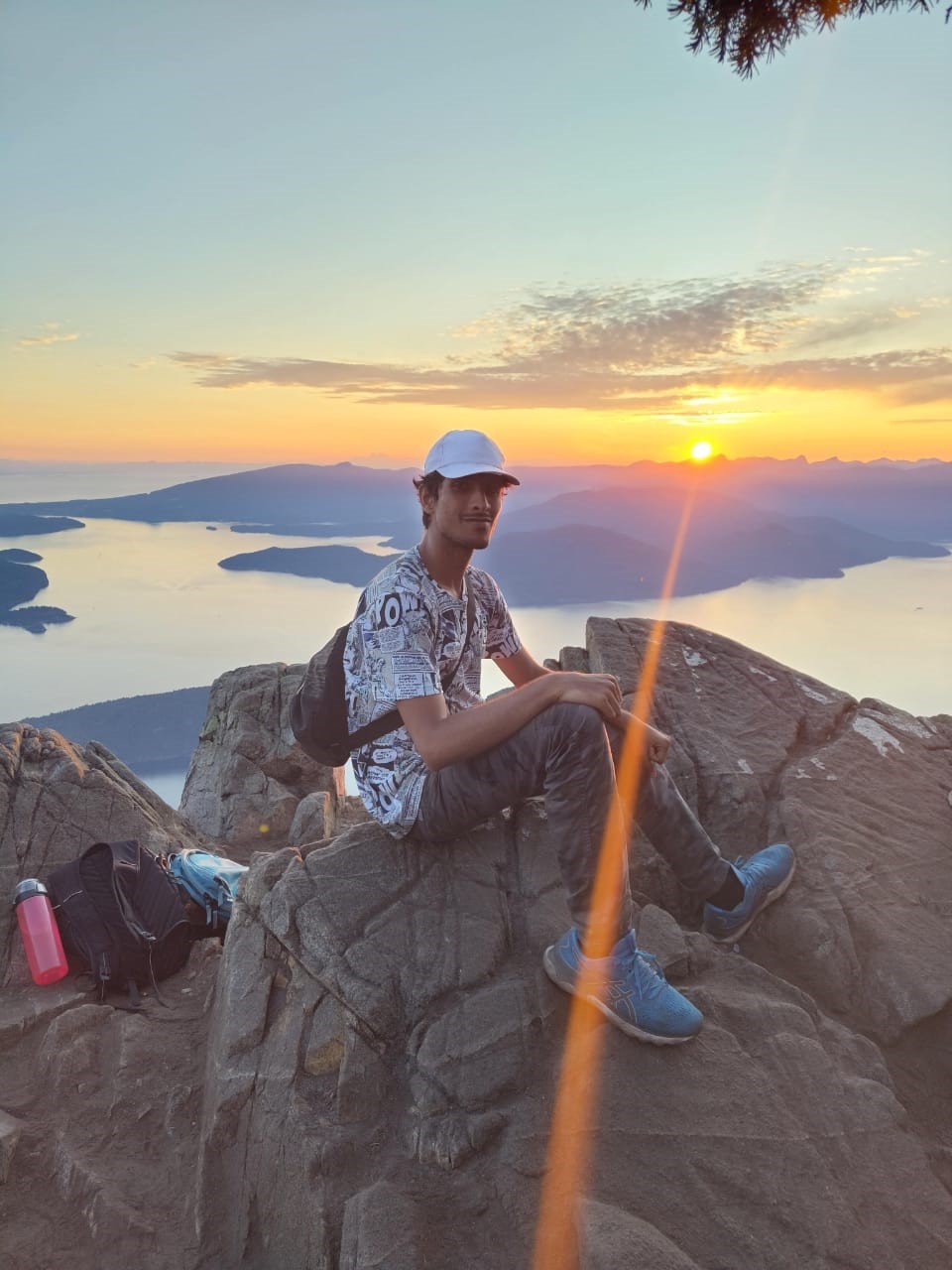
Abeer Mishra - McMaster University, Canada (MITACS)
Hey everyone! I am Abeer Mishra, a fourth-year year EP student now doing an IDDDP in Electrical Engineering. Here's how and why I applied to MITACS and hopefully answers to your questions about applying to MITACS.
How did I get interested in my field of research?
I had a gut feeling about pursuing research but not sure about what. The only way to figure out was to explore. My first exposure to research was through iSURP, where I simulated optical fibres. In 2nd year summers,I took up an SoC (Seasons of Code) project on Video Super Resolution using ML, which I loved working on. Inspired by it, I took up EE610: Image Processing, which motivated me further. I didn't achieve any out-of-the-world results in the optical fibre project. But it set the stage for my next project - a SURP on simulating and optimizing nanophotonic cavities. Parallely, I studied PH421: Photonics. Hence, I was drawn to work in a field at the intersection of image processing and optics.
The intern season and Applying for MITACS
I had two dream companies on my mind - Sony and Adobe. Unfortunately (or fortunately?) I didn't clear Adobe's interview and didn't even get shortlisted for Sony's interview. Around this time, I started considering a university research intern. There were three programs I had heard about from my seniors - DAAD (Germany), Charpak (France) and MITACS (Canada). My CPI was far from what was needed for DAAD, and Charpak required "apping", i.e. contacting professors individually, something I was too lazy to do. MITACS was the path of least resistance since you only need to specify your project choices from already floated options, which is much easier.
Now, my CPI was pretty close to the minimum cut-off for MITACS. Thus, based on the advice of my two awesome DAMP mentors, Arvind Bharathi and Nabeel Ahmed, I tailored my whole application to suit my strengths. Although MITACS only requires one LoR (Letter of recommendation), I decided to get two from the profs I worked under. I made a new CV, more visually appealing than the one for PT cell while taking advantage of the fact that there is no verification process :). To maximize my chances of selection, I selected projects that had a strong match with my CV.
For writing a good SoP (Statement of Purpose), I took some excellent advice from a friend, "Your SoP shouldn't feel like your CV written as a paragraph, along with generic words of motivation written in fancy English. It is your story - why you did those things on your CV, and specifically how that makes you the ideal candidate for this intern". The critical part here is to do all this concisely.
Fast forward to December, I had seen my friends get interview shortlist emails, and I had nothing. Panicked, I started apping for Charpak. I emailed two profs but never received a reply from them. And then, early morning on 7th December, I received an email confirming my selection for MITACS, without any interview! I had been allocated my first project preference, on biomedical imaging.
Internship experience
So, there was a change of plans when I started work. Instead of building an imaging setup as initially intended, the professor wanted me to work on building a GAN (Generative Adversarial Network, basically an ML model) to generate synthetic microscopic cell videos to reduce the burden of manually capturing and annotating cell microscope videos. I was unfamiliar with it since I had a limited ML background. So it was a steep learning curve over the next 3 weeks, but it was totally worth it once the first set of results was ready.
After this, the PhD guy supervising me asked me if there was something I was interested in exploring while continuing work on the GAN. So, I asked him if there was a hands-on hardware-related project that I could work on. Then he suggested I could work on the low-cost microscopy setup they wanted to build, using a mobile camera and Raspberry Pi. It is possibly the most satisfying project I have ever worked on so far. We started with optically modelling the system. Then we designed, 3D printed and assembled the setup. Finally, we wrote the code to capture and process the images. The final results were truly gratifying.
Work aside, Canada is a fantastic place to go to. My university was close to Toronto, which was an added advantage. The Toronto concert with Ed Sheeran, Shawn Mendes, Khalid and Rosa Linn, all in one, is truly going to be one of my lifetime experiences. I tried out Vietnamese, Japanese and Korean cuisine. I even learned how to use chopsticks. Nothing beats Punjabi though, of which you'll find plenty in Canada.
Also, MITACS pays a handsome stipend, which covers all expenses comfortably. Hence, at the internship's end, I went on a five-day trip across Canada, covering Toronto, Niagara Falls, Vancouver, Calgary and Banff National Park, with a few other MITACS interns. We trekked almost 25 km in a single day in the Canadian Rockies because of the FOMO to see everything. After all, how often do you get to visit another country virtually for free?
A happy ending?
Towards the end of the internship, I felt that I am more interested in image processing and ML rather than the optics part. Hence, I converted to an IDDDP in Electrical Engineering, where my dual degree project also involves image processing and ML, so I could gain more experience.
Superficially, I am headed in a direction completely different from what this article started with. But it has a story. You start somewhere, think of something, and end up somewhere else. What comes after? I don't know; I'm still figuring that out. The important part is to be open to learning, exploring, being proven wrong again and again. That's all that I have to say. Hope this was something that motivated you!